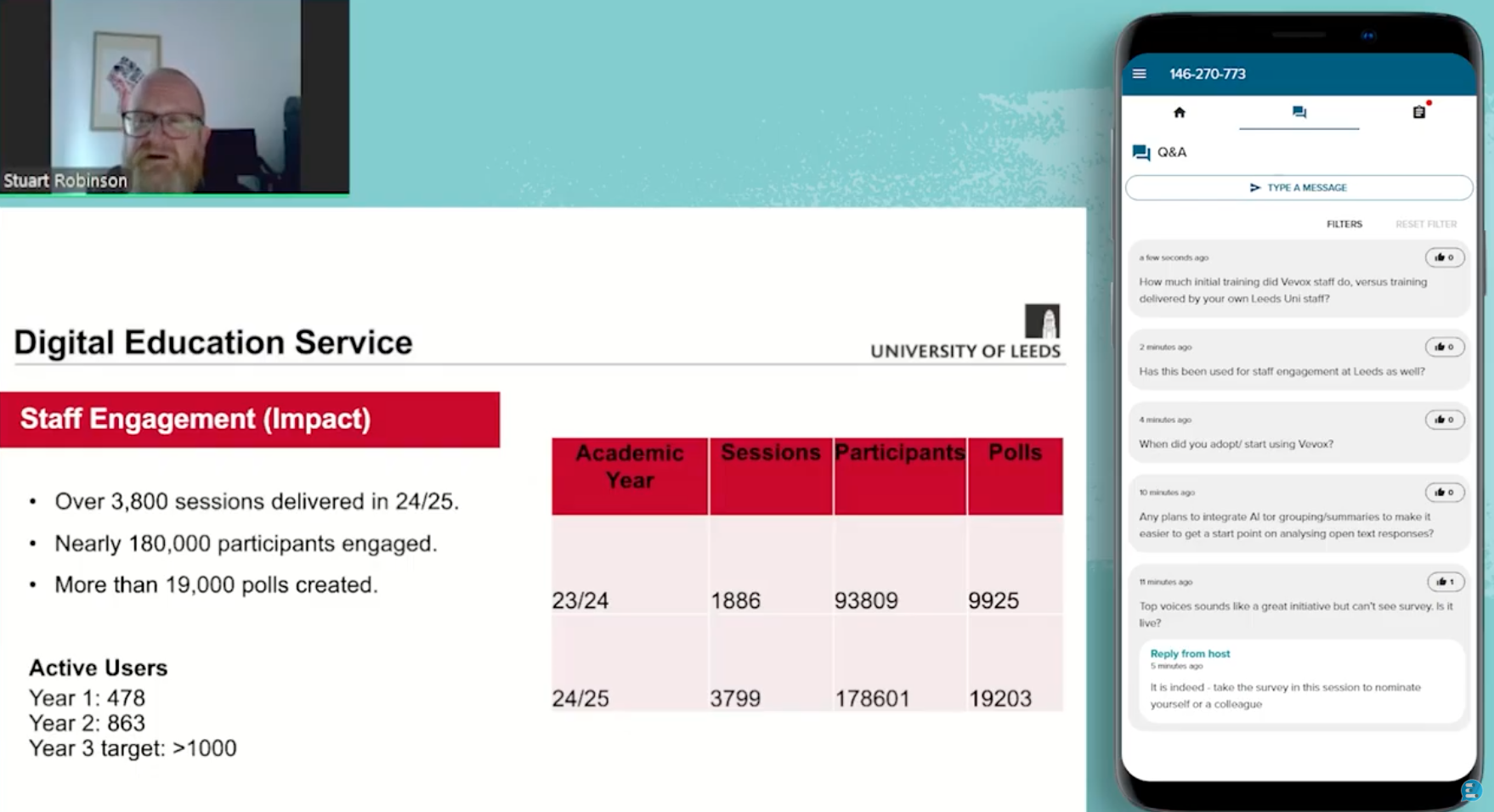Flexible working, virtual meetings and dispersed workforces are on the rise with “70% of organisations willing to adopt remote working by 2020 and no longer will UK, German and French workforces be tied to a daily 9-5 work routine” according to research by Lancaster University. It is no coincidence that the organisations winning all the awards for ‘best workplaces’ are those that are offering this flexible approach to working that is compatible with their employees needs and desires.
“81% of employees are looking for flexible working options when looking for a new job” – My Family Care.
Trust is integral and is the essential ingredient to this new way of working and engaging with both office-based and remote employees. No longer can leaders expect to micromanage their employees to check up on their work. Mutual trust in the workplace can be achieved in many ways, such as setting boundaries and expectations, creating strong and tangible company values, supporting and respecting employees and maintaining regular, effective internal communication and feedback.
Trust works both ways and is a emotional connection. By putting your faith and trust in employees and giving them an engaging, safe, happy workplace culture they will feel confident to give their trust back and respect you. Trust should not be taken for granted and be broken, and 'honesty is the best policy' when it comes to trust. Keep true to your word and don't make promises that you cannot keep to. Show that you believe in your employees and care about their success and wellbeing, both at work and in their day to day lives. Transparent communications and building an effective bond and ongoing dialogue with your workforce are just a couple of ways that can help to build and maintain trust.
Steps for trusting employees and for getting their trust back…
- Give them a chance to voice their ideas and share honest feedback. Use an anonymous feedback tool for complete, uninhibited feedback.
- Create a transparent, safe, inclusive workplace culture that resolves employee issues when they are brought up. Ask what’s most important to your workforce and actively listen.
- Use the 3 C’s: Trust of Capability, Character and Communication (please note there are variations on the 3C’s).
- Give employees autonomy, allow them to be accountable and make appropriate decisions for themselves. This sense of responsibility will help them to be more engaged and feel more motivated.
- Maintain effective internal communication with all employees to keep them engaged.
But what does it mean to fully trust your workforce?
There are several different types and definitions of trust. In this report “Trust and Project Performance” produced by University of Pennsylvania there are two types of trust that are discussed: Cognitive-Based Trust and Affective-Based Trust.
Cognitive-based Trust is built on perceptions and your impressions of a person based on their behaviours.
Affective-Based Trust relies upon your emotional feelings and connection to another person instead of rational instincts.
In the workplace cognitive-based trust is more apparent, as respect and mutual trust are built upon a good working, professional relationship. However, affective-based trust is still just as important for your culture and ethos, as the emotional connections, friendships and the ways that your employees interact with each other in day to day working groups can impact your working environment.
We’ve seen numerous examples of leaders showing that they put their faith and trust in their workforce in order to make their working lives easier and more effective. Flexible working is on the rise with more workforces having the opportunity to work from home, at flexible times to suit their needs and even companies taking the change to work 4-day weeks. Trust is the important factor when it comes down to companies making these changes in their organisations, for the evolving workforce and distributed teams across the globe.
By also giving your employees this flexibility, it actually empowers and makes them take more ownership and responsibility because they feel the urge to prove that it works for them and can prioritise work at a better time to their schedule. Through understanding what your employees are focusing on workwise, understanding their deliverables/aims and not micromanaging their tasks, your employees will feel respected and valued. Regular communication plays a key part in connecting with employees and continuing a dialogue on work progress. Communicating with employees honestly and having a transparent line of internal communication via easy and accessible channels makes it more likely that your employees will feel like they are cared for, that their voice is being listened to and they work for a company that values each and every employee.
Digital internal communication tools such as instant messaging apps, collaborative and video communication tech are becoming more and more essential to connecting with employees. All of this new communication technology has had a positive impact in helping dispersed workforces to stay constantly in touch and to feel included, without having the dreaded fear of missing out!
Why trust is important to engage your employees?
Trust has shown to be vital to the success of many company projects. It is often the starting point for collaboration, teamwork, for driving employee engagement and loyalty and managing the process of changes in the workplace. It’s shown in numerous reports such as this analysis by the “Center for Creative Leadership” that people often do their best work, when they work together, communicate better and have trust. Employees also feel more passionate when they are engaged at work and feel appreciated. By employees doing their best work and cooperating together, this can lead to improved productivity and even ground-breaking, creative ideas that have come from employees themselves (otherwise known as intrapreneurs). These intrapreneurs are self-motivated employees that are highly engaged with their companies and are leaders in their own right.
“Trust is especially vulnerable during periods of rapid growth or change, or when the team is virtual. It’s no secret that trust is what people most want and need at work”.
Research Report by Center for Creative Leadership
Some of the benefits listed in these reports of why trust has shown to be important include:
-
Higher employee retention and attracting a higher talent pool of staff
- A more motivated and agile workforce
- Happier, productive and more engaged workforce
- Increase of collaborative and creative work
- Higher result of work accountability and success
- A more connected workforce that communicates effectively
When then there is a lack of trust or it is absent, employees can lose faith in the leadership and company. This in turn can create a negative culture and toxic environment. When there is also mistrust in the workplace it can cause a lack of communication and a closed-door approach as issues do not want to be faced head on. If issues are not resolved in the right way then this can lead to employees leaving, doing bad work and feeling less motivated.
Trust is the foundation on what many relationships are built on and without it your employees can feel isolated, unconnected and unmotivated. This quote from Adam Henderson’s article on LinkedIn sums it up nicely:
"If businesses cannot trust their employees to work flexibly then surely, they cannot trust them with anything else such as confidential business information and financial details? And if businesses do not trust their employees, then it begs the question of why they hired them in the first place?"
Adam Henderson, TEDx speaker on Employee Engagement





